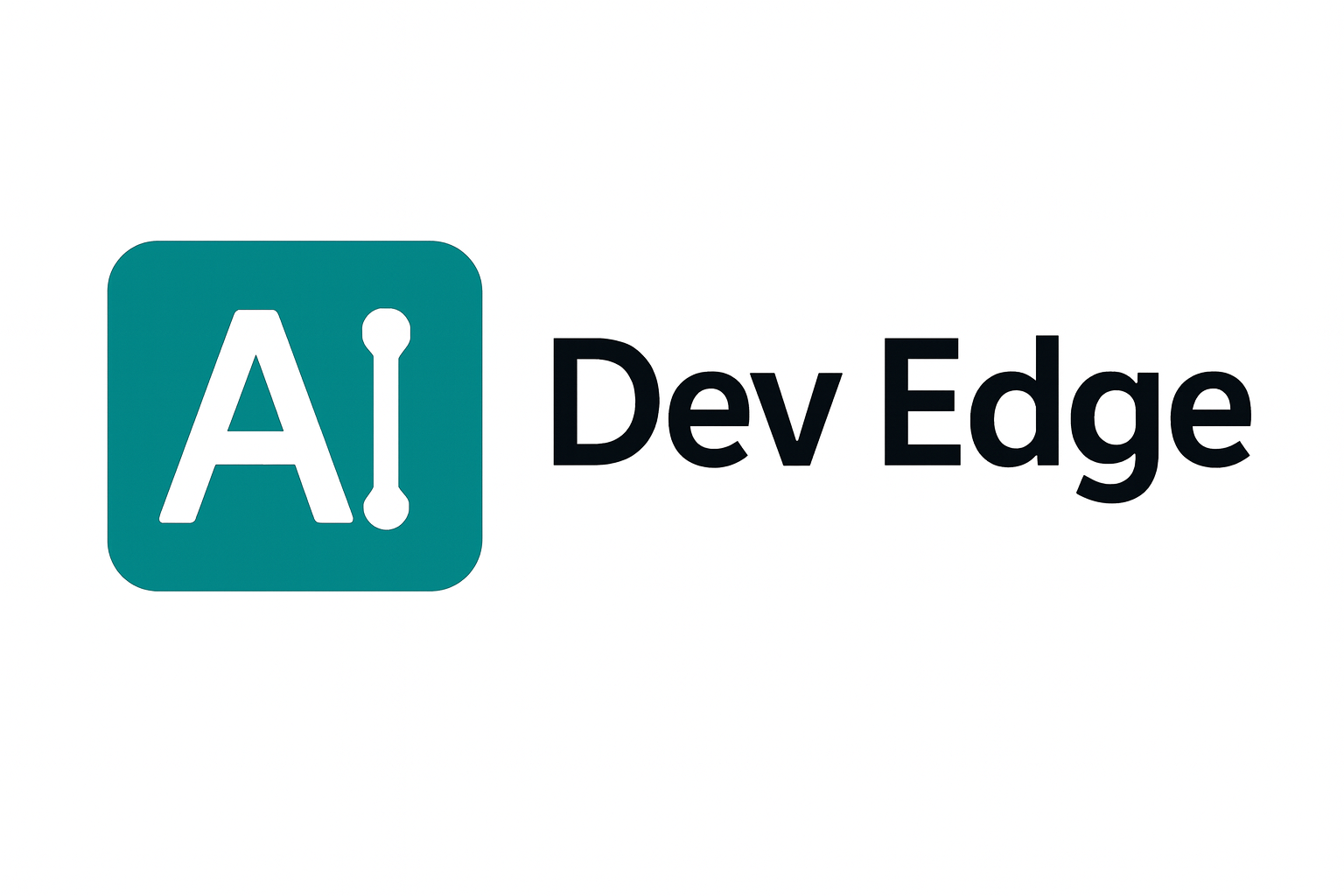Extending Salesforce with AI: An API Integration Layer for Enhanced Functionality
In the competitive landscape of customer relationship management (CRM), businesses are continually seeking ways to leverage artificial intelligence to gain a competitive edge. This article explores how an AI-powered API integration layer for Salesforce can enhance its capabilities by calling external AI services, validating and transforming responses, and surfacing AI-enhanced data. This integration securely extends Einstein’s functionality with non-native AI capabilities.
Understanding the Need for AI Integration in Salesforce
Salesforce, a leader in the CRM market, provides robust native AI features through Salesforce Einstein. However, organizations often seek to integrate external AI services like OpenAI or Anthropic to enrich data analytics and decision-making processes. This integration provides a more comprehensive view of customer interactions and insights, enhancing the ability to predict customer behavior and personalize engagement.
Key Benefits of Integrating External AI Services
-
Enhanced Data Processing: By integrating external AI services, businesses can leverage advanced natural language processing and machine learning capabilities that Salesforce’s native tools may not offer.
-
Improved Customer Insights: AI services can process vast amounts of data to provide deeper insights into customer behavior and preferences.
-
Cost-Effective Scalability: Utilizing external AI services allows for scalable solutions without the need for extensive in-house development.
Implementing AI Integration with Apex and MuleSoft
The integration of AI services with Salesforce can be achieved through Apex HTTP callouts or MuleSoft Anypoint API connectors. These methods enable seamless communication between Salesforce and external AI platforms.
Using Apex HTTP Callouts
Apex, Salesforce’s proprietary programming language, supports HTTP callouts to external services. This allows for direct integration with AI services to send data for processing and receive enhanced insights.
Example: A Salesforce developer can write an Apex class to send customer queries to an AI service for sentiment analysis, receiving results that are then stored in Salesforce records.
Leveraging MuleSoft Anypoint API Connectors
MuleSoft provides a robust platform for API integration, allowing Salesforce to connect with various AI services through pre-built connectors.
Practical Example: A company can use MuleSoft to connect Salesforce with OpenAI’s GPT-3, enabling advanced text analysis features directly from Salesforce workflows.
Validating and Transforming AI Responses in Apex
Once AI services return data, it must be validated and transformed before being committed to Salesforce records. This ensures data integrity and relevance.
Data Validation Techniques
-
Schema Validation: Ensuring the data structure from AI services matches Salesforce’s expected schema.
-
Data Cleansing: Removing or correcting invalid data entries before they are stored.
Template: Use Apex triggers to automatically validate incoming data, ensuring only relevant and accurate information is stored.
Data Transformation Strategies
-
Normalization: Standardizing data formats for consistency.
-
Aggregation: Combining data from multiple sources for comprehensive insights.
Before/After Example: Before integration, data might be stored in disparate formats. After transformation, data is unified, enabling better analysis and reporting.
Surfacing AI-Enhanced Data in Salesforce
The final step in the integration process is to make AI-enhanced data accessible to users through Salesforce interfaces like Lightning Web Components or Flow screens.
Utilizing Lightning Web Components
Lightning Web Components (LWC) offer a modern framework for building dynamic Salesforce interfaces, making AI-enhanced data actionable for end-users.
Example: Develop a custom LWC to display sentiment analysis results on customer records, aiding sales teams in tailoring their communication strategies.
Implementing AI Data in Flow Screens
Salesforce Flows provide a visual interface for automating business processes. By integrating AI-enhanced data, Flows can guide users through decision-making processes with enriched information.
Practical Use Case: A Flow screen could display predictive analytics on customer buying patterns, helping sales representatives prioritize leads.
Conclusion: Empowering Salesforce with AI
Integrating external AI services with Salesforce through an API layer enhances the CRM’s capabilities, providing businesses with deeper insights and improved customer interactions. By leveraging Apex, MuleSoft, and Salesforce’s interface tools, organizations can unlock the full potential of AI-enhanced data.
FAQs
How does AI integration improve Salesforce functionality?
AI integration enhances Salesforce functionality by providing advanced data analytics, enabling more personalized customer interactions and improved decision-making processes.
What role does Apex play in AI integration?
Apex facilitates AI integration by enabling HTTP callouts to external AI services and processing the returned data for validation and transformation before storage in Salesforce.
Can AI-enhanced data be accessed through standard Salesforce interfaces?
Yes, AI-enhanced data can be surfaced through Salesforce interfaces such as Lightning Web Components and Flow screens, making it actionable and accessible for end-users.
